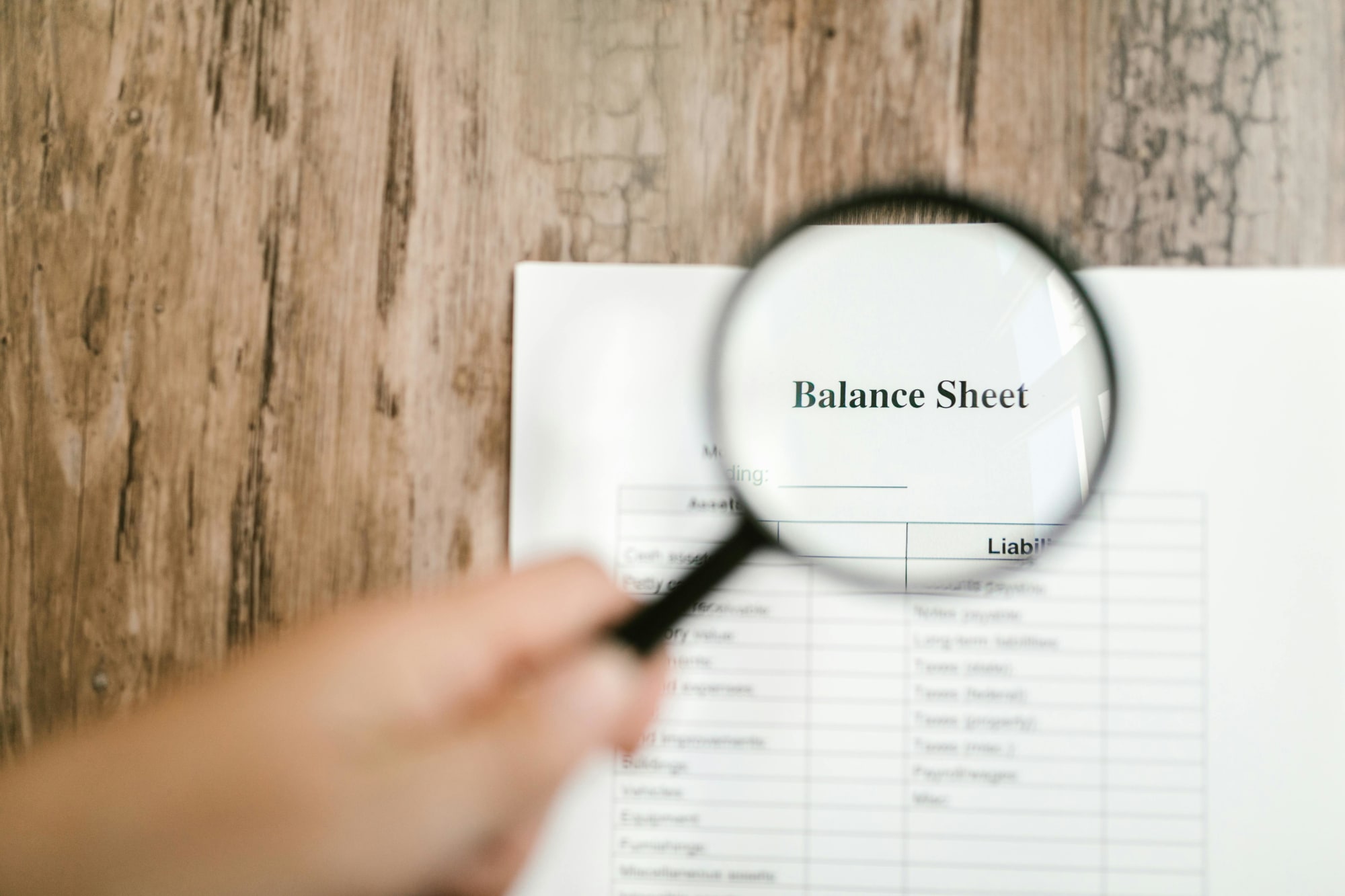Invest
The SMSF guide to Labor's franking credits plan... if it happens
If you have a self-managed superannuation fund (SMSF), what is the potential impact of the opposition’s plan to stop excess imputation credits being refunded to individuals and super funds (with the clarification that pensioners and some SMSFs would be exempt from this change)?
The SMSF guide to Labor's franking credits plan... if it happens
If you have a self-managed superannuation fund (SMSF), what is the potential impact of the opposition’s plan to stop excess imputation credits being refunded to individuals and super funds (with the clarification that pensioners and some SMSFs would be exempt from this change)?

The first point to be aware of is obvious – but worth highlighting.
This is an announcement of a possible future position, it is not law. I would caution against taking action now to adjust your situation for what is only a proposal. It's important to understand how dividend imputation works. The dividend imputation system was introduced in 1987, with the intent of preventing double taxation. It works like this: say a company makes $100 of profits, on which it then has to pay 30 per cent (or $30) tax.
This leaves $70 of after-tax profit that the company can pay as a dividend. If your SMSF received the $70 dividend, it would be taxable to it. Before dividend imputation, your SMSF would have paid tax on that dividend. With a tax rate of 15 per cent your SMSF would have paid another $10.50 tax, leaving you with only $59.50 from the company's original profit In other words, those profits were taxed twice, and in these circumstances a total tax rate of 41.5 per cent applied.
Under dividend imputation, the $70 dividend received is "grossed up" for the imputation credits received (the $30 tax paid by the company), and your SMSFs tax is then calculated on the $100.

At 15 per cent, this means that SMSF has an initial tax liability of $15. But your SMSF then gets the benefit of the imputation credit (reflecting the tax paid by the company) to its tax liability. As the imputation credit exceeds the tax payable, no tax is paid on the dividend. When dividend imputation was introduced, any excess credits ($15 in the example here) could be used to reduce tax payable on other income.
For example, it could offset tax payable on other income earned by the fund, including tax on concessional contributions such as superannuation guarantee payments or salary sacrificed contributions. But if you had any credits still left over after reducing the tax liability to nil, you couldn't get a refund of the balance. That changed in 2000, with any excess credits becoming refundable for dividends paid after 1 July 2000.
In large super funds, this change to enable refunds didn't have a significant impact as with thousands of members, particularly in the accumulation phase, the likelihood of any excess credits arising was small.
The difference for SMSFs is they are limited to a maximum of four members, so the chances of excess imputation credits arising is much greater. And this is increased when members move to retirement phase as income is not taxable at all, so a refund becomes much more likely.
The measure proposed by the opposition is essentially to go back to the position pre-2000, although it has recently provided a carve-out (or exemption) from the proposed change for recipients of government support payments (such as the age pension) and for SMSFs where a member of the fund was in receipt of such payments before 28 March 2018.
But back to the question – will it affect you? To be affected, you first need to have funds in your SMSF invested in Australian shares (either direct or via managed funds) where the companies you have invested in are paying franked dividends. Second, the level of imputation credits generated needs to outweigh your tax liability. If you are still in accumulation phase, this is less likely to occur.
As an example, for every $1,000 your SMSF has invested in shares that pay (say) a fully franked dividend at 3.5 per cent, that's a $35 dividend carrying a $15 imputation credit. If half of that disappears to cover the SMSFs tax liability for the dividend, it leaves $7.50 to cover tax on other income. Other income of $50 during the year (such as a concessional contribution) will wipe that out So it's easy to see how you can be in a position where there are no excess credits.
Clearly the outcome would be different if all members are in retirement phase, as the entire $15 of imputation credits (like the example here) would be refundable. If the law does change and if you don't fall into the exempt pensioner category, you may consider exploring other options. You have the choice of investments, and you could consider options that don't pay franked dividends. Or you could explore other superannuation options. Right now, though, I would suggest you wait and see, because it is just a proposal.
Bryan Ashenden is the head of financial literacy and advocacy at BT Financial Group.

Investment insights
Investors maintain cautious stance amid data uncertainty
Amidst the backdrop of a US government shutdown and lingering economic uncertainties, investors have adopted a neutral stance, as revealed by the latest State Street Institutional Investor IndicatorsRead more

Investment insights
State Street's 2026 global market outlook anticipates cautious growth with strategic investment shifts
State Street Investment Management, the world's fourth-largest asset manager, has released its much-anticipated 2026 Global Market Outlook (GMO) report titled "Forward with Focus." The report provides ...Read more

Investment insights
J.P. Morgan strategists highlight Australia as a key investment destination amidst global uncertainties
Amidst a backdrop of fluctuating energy prices, J.P. Morgan Private Bank strategists have identified Australia as a beacon of opportunity for global investors, particularly within its fixed income and ...Read more

Investment insights
HarbourVest Partners unveils new private equity benchmarks highlighting long-term outperformance
In a significant update for the private equity world, HarbourVest Partners, a leading global private markets investment firm, has released its quarterly private equity benchmarks, providing ...Read more

Investment insights
Mason Stevens strengthens UHNW offering through partnership with GloryHouse
In a strategic move set to bolster its position in the ultra-high-net-worth (UHNW) sector, Mason Stevens, a prominent name in Australia's wealth management landscape, has announced a partnership with ...Read more

Investment insights
Beyond the trophy: What the Women in Finance Awards 2025 signal for strategy, talent and ROI
Australia’s Women in Finance Awards have crowned their 2025 cohort, but the real story isn’t the stage—it’s the strategy. Recognition programs now function as market barometers, signalling which ...Read more

Investment insights
Orbis Investments challenges investors to rethink assumptions in 2026
In a bold move to reshape investor perspectives, Orbis Investments has released a new report titled "Six Courageous Questions for 2026," encouraging investors to critically evaluate their assumptions ...Read more

Investment insights
Rate relief on the horizon? How a November cut could reshape Australian balance sheets
With unemployment edging up to a multi-year high, markets are weighing whether the Reserve Bank will pivot to a rate cut as early as November. For CFOs and CEOs, the real question isn’t if a cut ...Read more

Investment insights
Investors maintain cautious stance amid data uncertainty
Amidst the backdrop of a US government shutdown and lingering economic uncertainties, investors have adopted a neutral stance, as revealed by the latest State Street Institutional Investor IndicatorsRead more

Investment insights
State Street's 2026 global market outlook anticipates cautious growth with strategic investment shifts
State Street Investment Management, the world's fourth-largest asset manager, has released its much-anticipated 2026 Global Market Outlook (GMO) report titled "Forward with Focus." The report provides ...Read more

Investment insights
J.P. Morgan strategists highlight Australia as a key investment destination amidst global uncertainties
Amidst a backdrop of fluctuating energy prices, J.P. Morgan Private Bank strategists have identified Australia as a beacon of opportunity for global investors, particularly within its fixed income and ...Read more

Investment insights
HarbourVest Partners unveils new private equity benchmarks highlighting long-term outperformance
In a significant update for the private equity world, HarbourVest Partners, a leading global private markets investment firm, has released its quarterly private equity benchmarks, providing ...Read more

Investment insights
Mason Stevens strengthens UHNW offering through partnership with GloryHouse
In a strategic move set to bolster its position in the ultra-high-net-worth (UHNW) sector, Mason Stevens, a prominent name in Australia's wealth management landscape, has announced a partnership with ...Read more

Investment insights
Beyond the trophy: What the Women in Finance Awards 2025 signal for strategy, talent and ROI
Australia’s Women in Finance Awards have crowned their 2025 cohort, but the real story isn’t the stage—it’s the strategy. Recognition programs now function as market barometers, signalling which ...Read more

Investment insights
Orbis Investments challenges investors to rethink assumptions in 2026
In a bold move to reshape investor perspectives, Orbis Investments has released a new report titled "Six Courageous Questions for 2026," encouraging investors to critically evaluate their assumptions ...Read more

Investment insights
Rate relief on the horizon? How a November cut could reshape Australian balance sheets
With unemployment edging up to a multi-year high, markets are weighing whether the Reserve Bank will pivot to a rate cut as early as November. For CFOs and CEOs, the real question isn’t if a cut ...Read more








